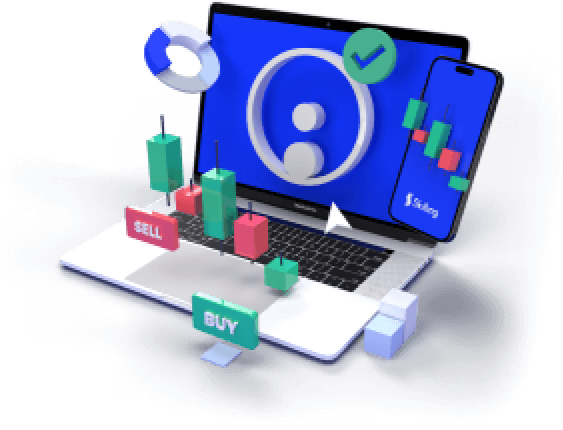One of the main advantages of CFD-trading is the ability to trade using leverage. Leverage allows traders to open positions larger than their account balance would normally allow. But with greater potential reward comes greater risk. Using leverage without understanding how it works can lead to fast and significant losses.
In this article, we’ll explore what leverage is in CFD-trading, how to use it responsibly, and how to develop a strategy that helps maximize gains while protecting your capital.

What Is Leverage in CFD-Trading?
Leverage in CFD-trading lets you control a larger position with a smaller amount of capital. It is expressed as a ratio, such as 5:1 or 30:1. For example, with 10:1 leverage, you can open a position worth $10,000 using only $1,000 of your funds.
While this increases your exposure and potential profit, it also increases your potential loss.
Benefits of Using Leverage
- Access to bigger market exposure without needing large capital
- Flexibility – you can allocate capital to multiple positions
- Scalability – ability to adjust trade size to strategy and risk appetite
- Low-volatility markets – Even small price shifts in a low-volatility market can result in amplified gains or losses.
The Risks of High Leverage
- Losses are magnified just like profits
- Margin calls: If your losses exceed available margin, positions may be closed automatically
- Emotional trading: Larger positions can lead to fear or overconfidence
- Volatile assets + high leverage = fast liquidation risk
How to Use Leverage Responsibly
1. Start Small
Begin with lower leverage such as 3:1 or 5:1 until you’re more experienced.
2. Always Use Stop-Loss Orders
Stop-losses help you define your max risk per trade. Set them based on technical levels, not gut feeling.
3. Know Your Risk Per Trade
Never risk more than 1–2% of your account per trade, even with leverage.
4. Understand Margin Requirements
Margin is the collateral required to open and maintain a position. Always keep an eye on your available margin to avoid forced liquidations.
5. Match Leverage to Volatility
Use lower leverage on volatile instruments like cryptocurrencies or minor forex pairs.
Tools to Help Manage Leverage
- Margin calculator – estimate margin needed before opening a trade
- Risk/reward ratio – plan your take-profit and stop-loss
- Position size calculator – tailor trade size based on account and risk tolerance
Capitalise on volatility in cryptocurrency markets
Take a position on moving cryptocurrency prices. Never miss an opportunity.
71% of retail CFD accounts lose money.

Conclusion
Leverage can be a powerful ally in CFD-trading when used wisely. Treat it with respect, manage your exposure carefully, and combine it with strong risk management. That’s how you trade smarter – not just bigger.











